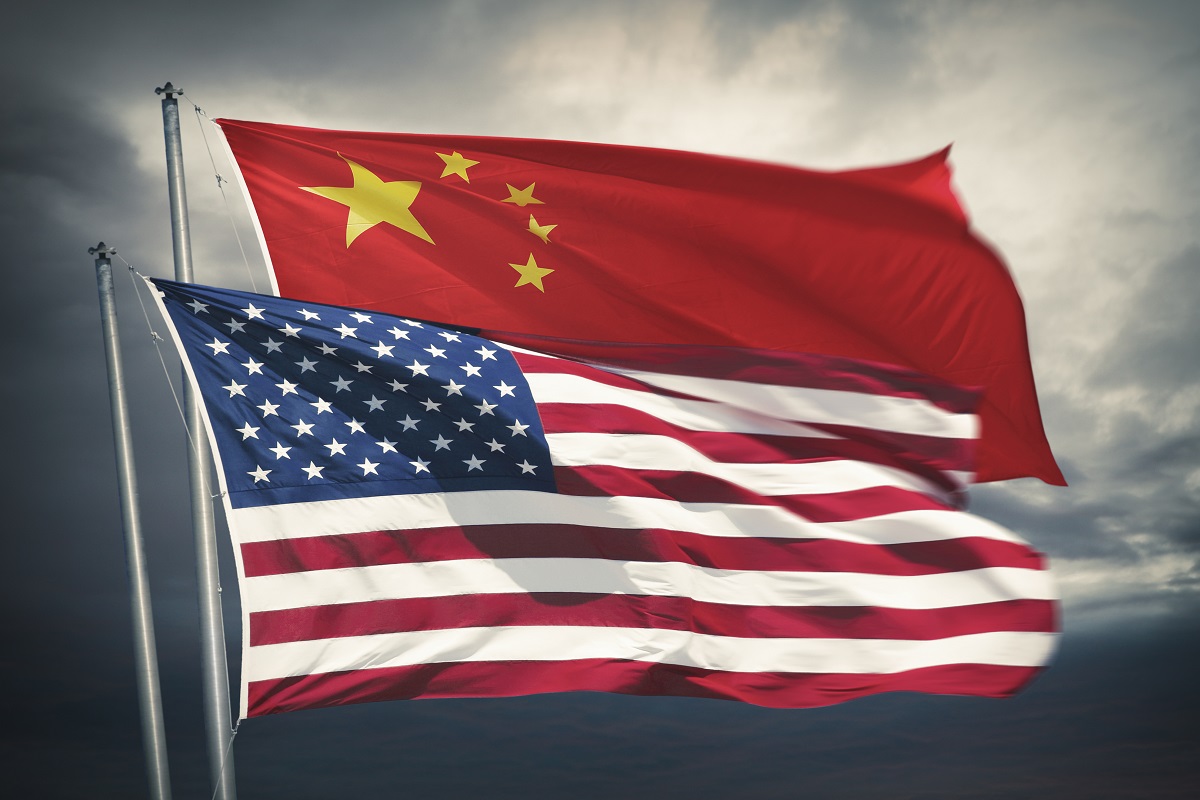Contemporary great power rivalry has many dimensions but there is one aspect of the intensifying US-China competition that has perhaps been neglected – the fact that both countries have steadily declining populations. What the economic, social, and psycho-cultural impact of this trend could be on each nation’s national power and its power projection ability is vital to understand their respective strategic postures.
Especially interesting would be an inquiry into the use of emerging/advanced technologies to ‘offset’ this demographic disadvantage. The long-term decline in US births, despite the elevated birth rate after the initial sharp drop when Covid-19 was declared a pandemic, continues apace. Quarterly births have been steadily trending downward between 2016 and 2022.
Advertisement
Economists Melissa S. Kearney and Phillip Levine in a recent paper point out that US birth counts are still below pre-pandemic levels – before the pandemic, births had been steadily declining for many years. There were almost 600,000 fewer annual births in 2019 relative to 2007. The size of the Covid-related baby bust and subsequent rebound were meaningful in that context, but they represent short-term deviations.
Birth counts in 2022 are still below what they were in 2019. In other work, Kearney and Levine have investigated the causes of the longer-term decline in US births. That line of research has led them to tentatively conclude that “shifting priorities” about family, careers, and how to allocate one’s time and resources is the most likely explanation for the dramatic reduction. China’s ageing population, meanwhile, is a major concern for the Communist Party and presents economic and social challenges.
The decennial census released in 2021 showed China’s population at 1.41 billion people, marking the slowest growth rate since the 1950s. Over the next few years, China will lose 70 million of its work force. This will impact not just the country’s growth but also be a shock to the global supply chain. China is aging at a rate few nations have matched historically; it will take just 20 years for the proportion of the elderly population to double from 10 to 20 per cent (2017-2037). This trend is particularly worrisome for Beijing as China’s rapid growth in past decades has been tied to its demographic advantages.
According to Goldman Sachs, its projections imply that China is undergoing a marked slowdown in potential growth – from 7.7 per cent in 2010-19, to 4.0 per cent in 2024-29, and 2.5 per cent in 2030-39. Most of this slowdown is driven by demographic factors. In this context, the race to develop everadvanced technologies and the furious pace at which their application models are being constructed by both America and China indicate that the future of their strategic competition will be very different from what it has been till now.
